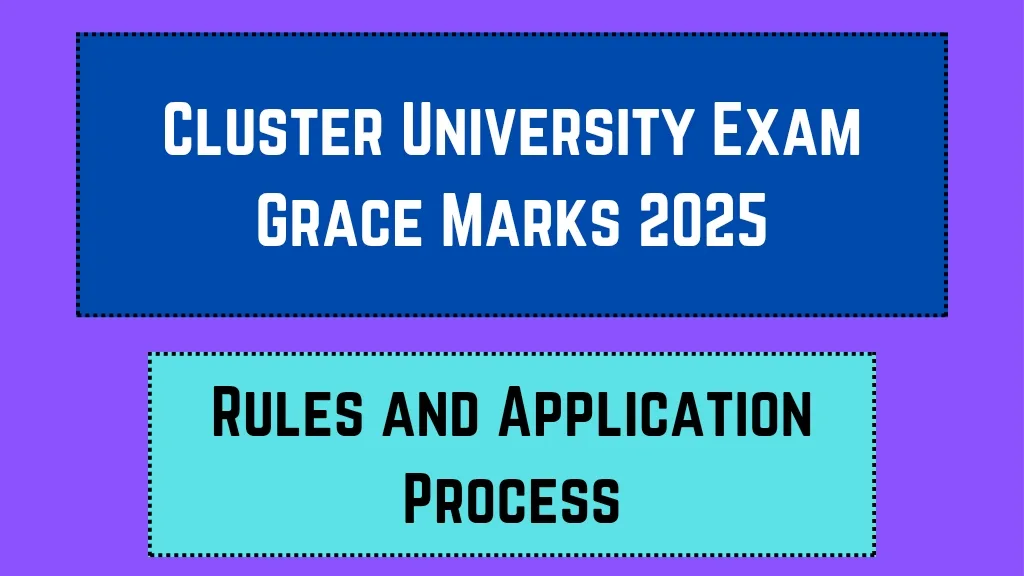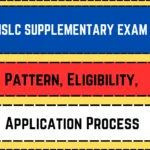Hey there! Navigating the maze of CBSE’s 10th-grade score calculations and understanding the passing criteria can feel like trying to solve a complex puzzle. But don’t worry, we’re here to break it down for you in a way that’s as easy as pie. Let’s dive into the nitty-gritty of how your scores are calculated, what you need to pass, and how the grading system works.
Understanding CBSE’s 10th Grade Evaluation System 📝
First things first, let’s get a grip on how CBSE evaluates students in the 10th grade. The assessment is a blend of theory exams, practicals (for applicable subjects), and internal assessments. Each component plays a crucial role in your final score.
Theory and Practical Exams: The Dynamic Duo 🧪
For subjects that include both theory and practical components, here’s how it works:
- Theory Exams: These are your traditional written exams, usually accounting for a significant portion of your total marks.
- Practical Exams: These involve hands-on activities, experiments, or projects, depending on the subject.
Internal Assessments: The Continuous Check-ins 📚
Internal assessments are periodic evaluations conducted by your school throughout the academic year. They can include quizzes, assignments, projects, and class participation. These assessments aim to gauge your understanding and consistency in the subject matter.
Passing Marks: The Magic Number 🎯
Now, let’s talk about the all-important question: What does it take to pass? According to CBSE guidelines:
- Minimum Requirement: You need to score at least 33% in each subject. This includes both theory and practical components where applicable.
- Subject-Wise Breakdown: Component Minimum Passing Marks Theory 33% Practical 33% Overall 33%
For instance, if a subject has 70 marks allocated for theory and 30 for practicals, you’d need to score at least 23 marks in theory and 10 in practicals to pass that subject.
Grading System: Decoding the Letters 🔤
CBSE employs a grading system to represent your performance. Here’s a snapshot of how it translates:
| Marks Range | Grade | Grade Point |
|---|---|---|
| 91-100 | A1 | 10 |
| 81-90 | A2 | 9 |
| 71-80 | B1 | 8 |
| 61-70 | B2 | 7 |
| 51-60 | C1 | 6 |
| 41-50 | C2 | 5 |
| 33-40 | D | 4 |
| 21-32 | E1 | – |
| 00-20 | E2 | – |
Note: Grades E1 and E2 indicate that the student has not qualified (failed) in the subject.
Real-Life Example 1: Sneha’s Journey Through Science 🔬
Sneha, a 10th-grade student, was always apprehensive about Science, especially the practicals. During the finals:
- Theory Score: 25 out of 70
- Practical Score: 20 out of 30
Calculating her percentages:
- Theory: (25/70) * 100 ≈ 35.7%
- Practical: (20/30) * 100 ≈ 66.7%
Both percentages are above the required 33%, so Sneha passed her Science exam. Her combined score was 45 out of 100, placing her in the ‘C2’ grade bracket.
Real-Life Example 2: Rahul’s Challenge with Mathematics ➗
Rahul found Mathematics particularly challenging. His scores were:
- Theory Score: 20 out of 80
- Internal Assessment: 10 out of 20
Calculating his percentages:
- Theory: (20/80) * 100 = 25%
- Internal Assessment: (10/20) * 100 = 50%
While he did well in his internal assessment, his theory score was below the 33% threshold. Unfortunately, this meant Rahul didn’t pass Mathematics and needed to appear for the compartment exam.
Expert Insight: The Importance of Continuous Assessment 🧠
Education expert Dr. Meera Singh emphasizes, “Continuous internal assessments are designed to keep students engaged throughout the year. They not only reduce the pressure of final exams but also provide a more comprehensive evaluation of a student’s capabilities.”
Compartment Exams: The Second Chance 🔄
Life doesn’t always go as planned, and sometimes, despite our best efforts, we might not clear a subject. CBSE understands this and offers compartment exams as a lifeline.
Key Highlights of Compartment Exams:
| Criteria | Details |
|---|---|
| Eligibility | Students who fail in one or two subjects. |
| Number of Attempts | Up to three: 1. First Attempt: July/August of the same year2. Second Attempt: March/April of the next year3. Third Attempt: July/August of the next year |
| Practical Marks | If passed in practicals but failed in theory, previous practical marks are carried forward. If failed in practicals, both theory and practicals must be retaken. |
Research-Backed Data: The Efficacy of Compartment Exams 📊
A study by the National Institute of Educational Planning and Administration found that students who appeared for compartment exams had a pass rate of approximately 60% in their subsequent attempts. This underscores the effectiveness of providing students with additional opportunities to succeed.
Strategies for Success: Tips from Toppers 🌟
Learning from those who’ve been there can provide invaluable insights. Here are some strategies shared by previous CBSE toppers:
| Strategy | Description |
|---|---|
| Consistent Study Routine | Establishing and adhering to a daily study schedule helps in better retention and understanding. |
| Active Participation in Practicals | Engaging actively in practical sessions reinforces theoretical concepts and boosts confidence. |
| Regular Self-Assessment | Taking periodic mock tests and quizzes aids in identifying strengths and areas needing improvement. |
| Seeking Clarification Promptly | Addressing doubts immediately, either through teachers or peers, prevents misconceptions from taking root. |
| Balanced Lifestyle | Incorporating breaks, hobbies, and physical activity ensures mental well-being and reduces burnout. |
Conclusion 🎓
Understanding the CBSE 10th-grade score calculation and passing criteria is pivotal for every student aiming for success. By grasping the nuances of theory and practical assessments, internal evaluations, and the grading system, you can navigate your academic journey with confidence. Remember, the goal is not just to pass but to truly comprehend and apply the knowledge you acquire. So, keep learning, stay curious, and embrace the challenges as opportunities to grow. Good luck!
Amit Kumar is a content strategist with a degree in Economics. He specializes in creating educational content for competitive exams. With 6+ years of experience, Amit loves analyzing economic trends and playing cricket.







